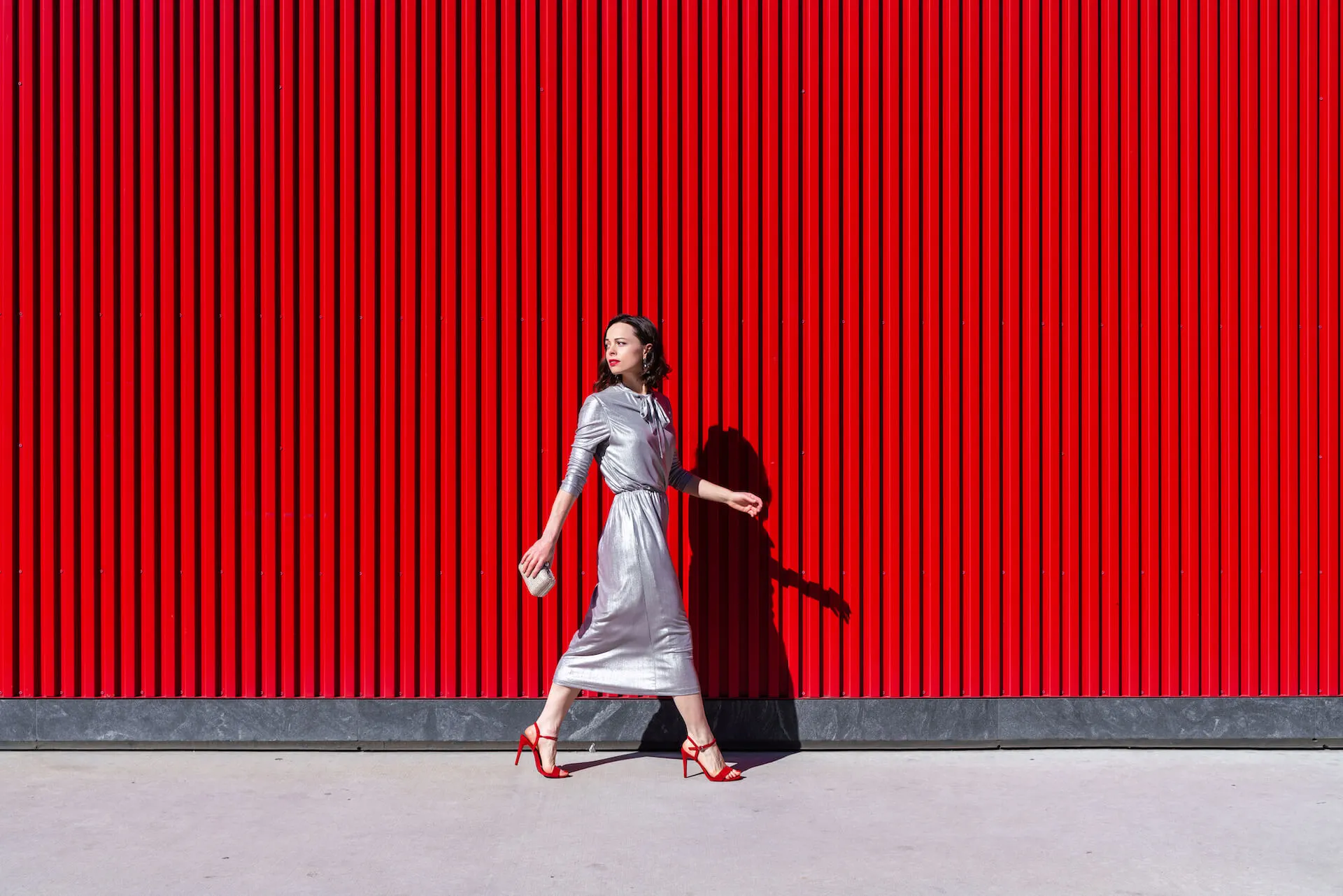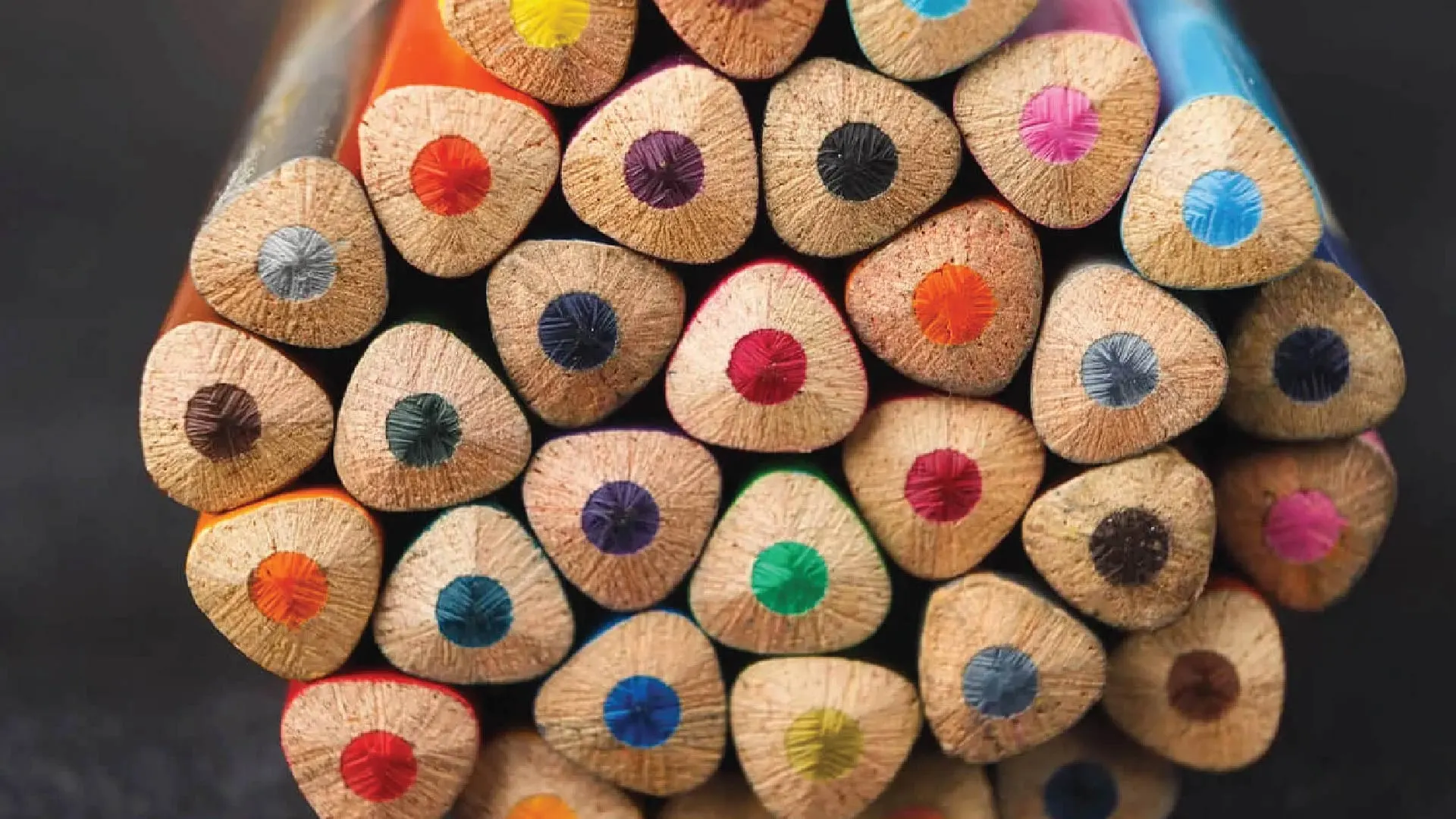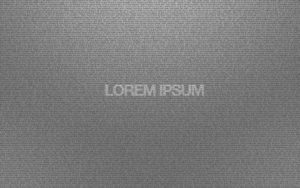Red
A color that plays an important role in the identity of many brands is red. It is frequently seen as an indispensable part of assertive brands. The primary reason for this is that red is a color that catches people’s attention quickly, is energetic, appetizing and even contains aggressive feelings from time to time. It represents power and passion. That’s why it’s used in restaurants, large food chains, beverage brands, as well as gas stations and courier brands.



Green
In different contexts, it can mean health, prestige, wealth, generosity, security. For this reason, green is preferred in situations where safety is important, such as special-purpose chemical brands, or where prestige needs to be emphasized, such as the real estate sector.
Blue
It’s the color of many big brands. It would not be wrong to say that the color blue is “indispensable for logos”. The reason for this is that blue has effects that find a response in many different sectors. Due to the sense of trust it creates in human psychology, it is frequently preferred in areas such as banks, airlines, communication services and equipment. It is also widely used in the automobile industry. You can already think of many logo examples using the color blue.




Orange
One of the colors that needs the least comment on how it feels should be orange. It carries concepts such as vitality, playfulness and extroversion to the brand it is used in. That’s why it’s often seen in beverage or vitamin brands.
Purple
One of the colors with the most specific meanings is purple. It creates meanings such as well-being, nostalgia, mystery, spirituality, high culture and nobility. In addition to restaurants and hotels, we frequently come across the use of purple in the pharmaceutical industry.




Yellow
Gas stations, couriers and airlines are among the sectors where yellow color is preferred. Brands that use the color yellow mostly identify with feelings such as warmth, sincerity and happiness.
Brown
Since it evokes concepts such as soil, nature and simplicity, brown is mostly used in natural and organic product brands. In addition, we can say that it is frequently seen in the hotel industry.




Black
Black is a timeless color. It appears in the identity of big stores selling accessories and clothes due to its meanings such as prestige, high culture and power. In addition, it is one of the most preferred colors in industries such as software, electronics and hotels.
Beyaz
Who does not think of clarity, cleanliness, purity and softness when white is mentioned? Since this is the effect that white has on people, the areas where it is used generally consist of sectors such as cosmetics, cleaning and textiles.


Finding the right color
We briefly touched on the feelings that colors evoke in people in general, but that they can have different meanings in different contexts. So how do you decide which color is the right color for a brand? In order to determine the colors, it is important to first find the adjectives that describe that brand. “What emotions does this brand aim to evoke in people?” must answer the question. Do the colors used in the brand identity match the emotions you want to create in them? Thinking through these questions in detail helps to find the right colors to reflect a brand.



